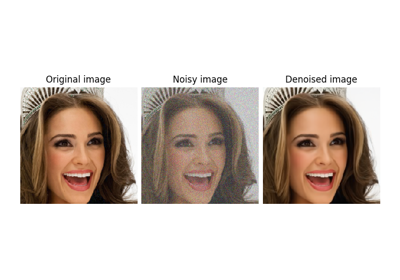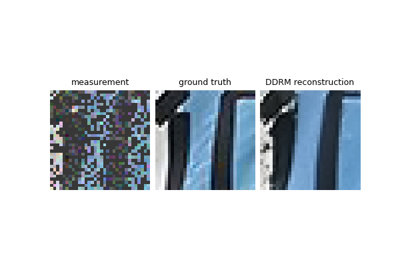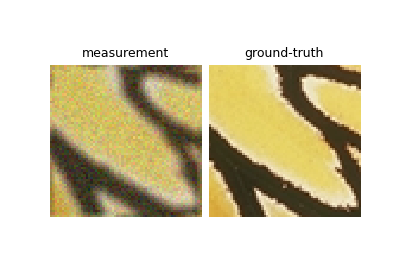Diffusion & MCMC#

Building your diffusion posterior sampling method using SDEs
Building your diffusion posterior sampling method using SDEs

Using state-of-the-art diffusion models from HuggingFace Diffusers with DeepInverse
Using state-of-the-art diffusion models from HuggingFace Diffusers with DeepInverse






